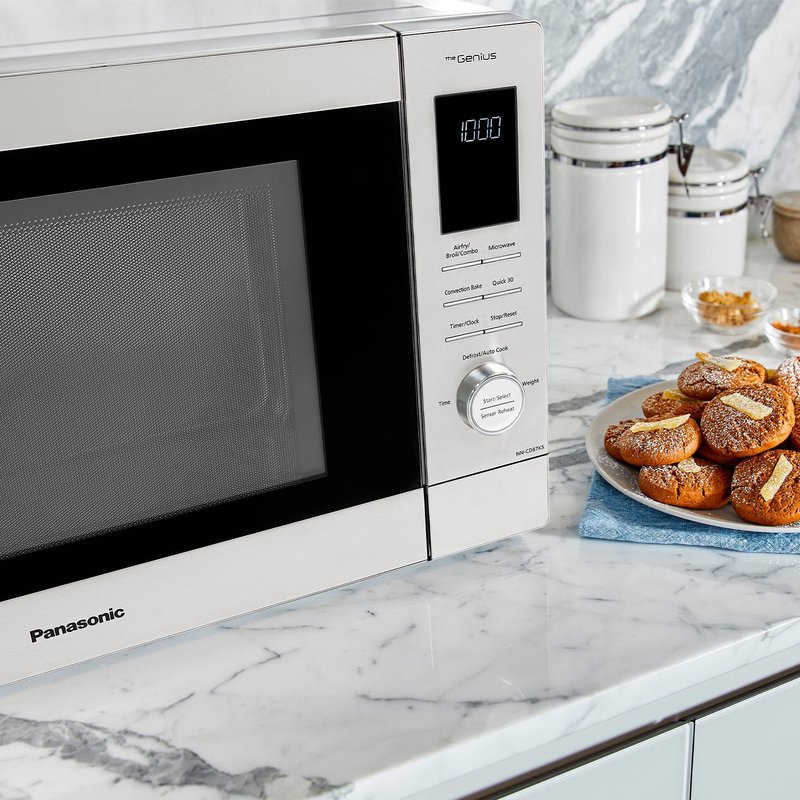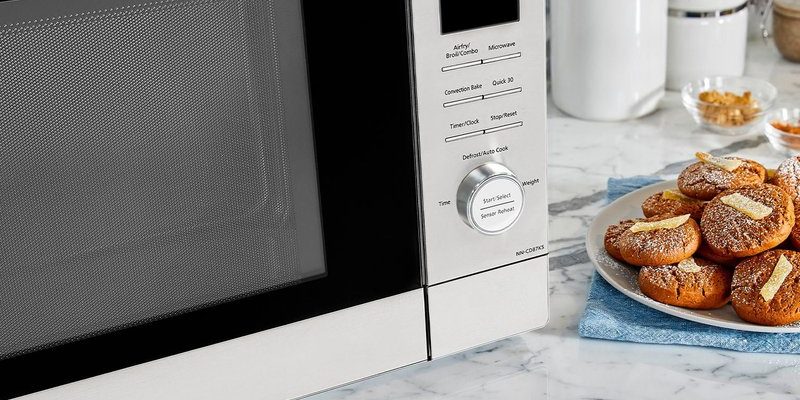
First things first, seeing an “E1” error code on your Panasonic microwave isn’t just another friendly reminder like the ones you get to change your car’s oil. It signifies a problem that needs attention. Think of it like a warning light appearing on your car’s dashboard. Ignoring it might seem easier in the moment, but in the long run, it could lead to more significant issues. Errors like this are the microwave’s way of signaling that something isn’t right, much like how your body fever indicates you might be coming down with something. It’s essentially the machine’s plea for a little TLC.
Understanding the Panasonic Microwave Error Code E1
When the E1 error code pops up on your Panasonic microwave, it typically points to a malfunction related to the inverter circuit. Now, if we break that down further, the inverter circuit is what helps control the cooking temperature and power levels. Picture this as the maestro in an orchestra, ensuring each instrument plays its part correctly to create a harmonious composition. Without it, things can get out of tune quickly, leading to uneven cooking or, worse, a non-functional microwave.
Imagine trying to bake a cake without being able to control your oven temperature—it’s a gamble, right? The inverter circuit allows your microwave to make those precise adjustments, ensuring your popcorn pops evenly and your leftovers heat thoroughly. If this circuit is throwing errors, it might indicate a failure or a poor connection, both of which could spell bad news for your cooking needs.
Before you decide to shrug it off, remember that consistent microwave errors may escalate into more significant issues, like causing further damage to the internal components. You wouldn’t ignore a fire alarm in your house, would you? Similarly, addressing this error promptly can save you from future hassles or the inconvenience of a broken-down appliance.
Why Ignoring the E1 Error Code Isn’t Advisable
You might be tempted to overlook the E1 error because, let’s face it, life is busy, and a microwave is a crucial convenience. You might think, “It still heats my food,” so why bother? Here’s the deal: running your microwave while it’s signaling an error is like continuing to drive a car with the check engine light on. It might keep going for a while, but eventually, it can break down, potentially requiring costly repairs or a full replacement.
Ignoring this error code might also lead to improper cooking results. Ever had a half-frozen, half-burnt dinner? That’s not just frustrating; it’s a sign that something’s amiss. Additionally, the longer you ignore the problem, the higher the likelihood that it could cause further damage to other parts of the microwave, much like how ignoring a small cavity could eventually lead to a root canal.
Addressing the issue sooner rather than later is not only about maintaining performance; it’s about safety too. Electrical malfunctions, like those indicated by error codes, could pose risks if left unchecked. The best course of action is to consult the user manual for troubleshooting steps or reach out to a professional technician to prevent any escalation.
Steps to Take When You Encounter an E1 Error
So, what should you do when that pesky E1 error rears its ugly head? Start by checking the power supply and circuit connections. Sometimes, a simple reset or ensuring that the plug is connected properly can fix minor issues. It’s like rebooting your computer when it starts acting out of sorts. Unplug your microwave for about a minute, then plug it back in to see if the error persists.
If the error code remains, refer to the user manual or Panasonic’s customer support for guidance. You might even find troubleshooting tips that are easy to follow, like adjusting settings or checking for explicit error scenarios. Think of it as following a recipe; you need to tackle it step-by-step for the best results.
Should these initial steps not resolve the issue, consider contacting a professional repair service. They can delve deeper into the problem, much like consulting a doctor when home remedies aren’t cutting it. Professional technicians have the expertise to assess and fix inverter circuit problems correctly, ensuring your microwave returns to optimal working conditions.
Preventative Tips to Avoid Future Errors
Here’s a little secret: simple maintenance can often prevent pesky errors like E1 from cropping up again. First, always ensure your microwave is clean and free of food debris. Much like keeping your car’s engine and interior clean helps it perform better, a tidy microwave is less likely to experience errors.
Regularly check your microwave’s power cord and connections to ensure they’re in good shape. Frayed cords can not only lead to errors but also pose a safety risk. Think of this as checking your tire pressure regularly to avoid flats and blowouts.
Lastly, consider semi-annual checks with a professional to help spot and prevent potential issues early on. This is somewhat akin to having routine health check-ups to catch anything before it becomes serious. By maintaining your microwave and promptly addressing any errors, you extend its lifespan and ensure it serves you well for years to come.
In summary, while it might be tempting to ignore error codes like E1, addressing them immediately can save you from future headaches, financial costs, and potential safety hazards. Your microwave is an important kitchen ally, so treat it with the care it deserves for smoother, hassle-free dining experiences.
